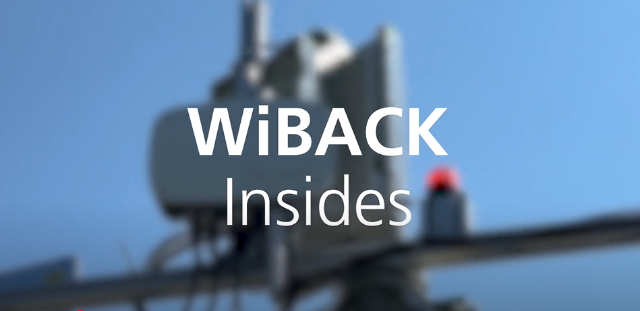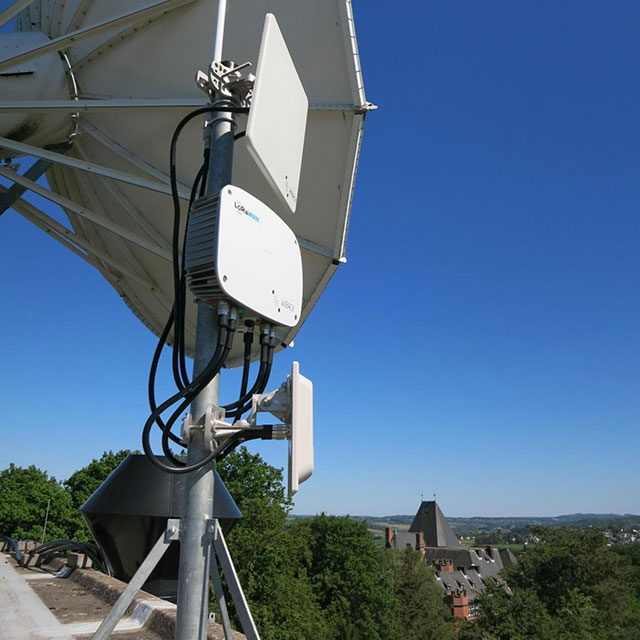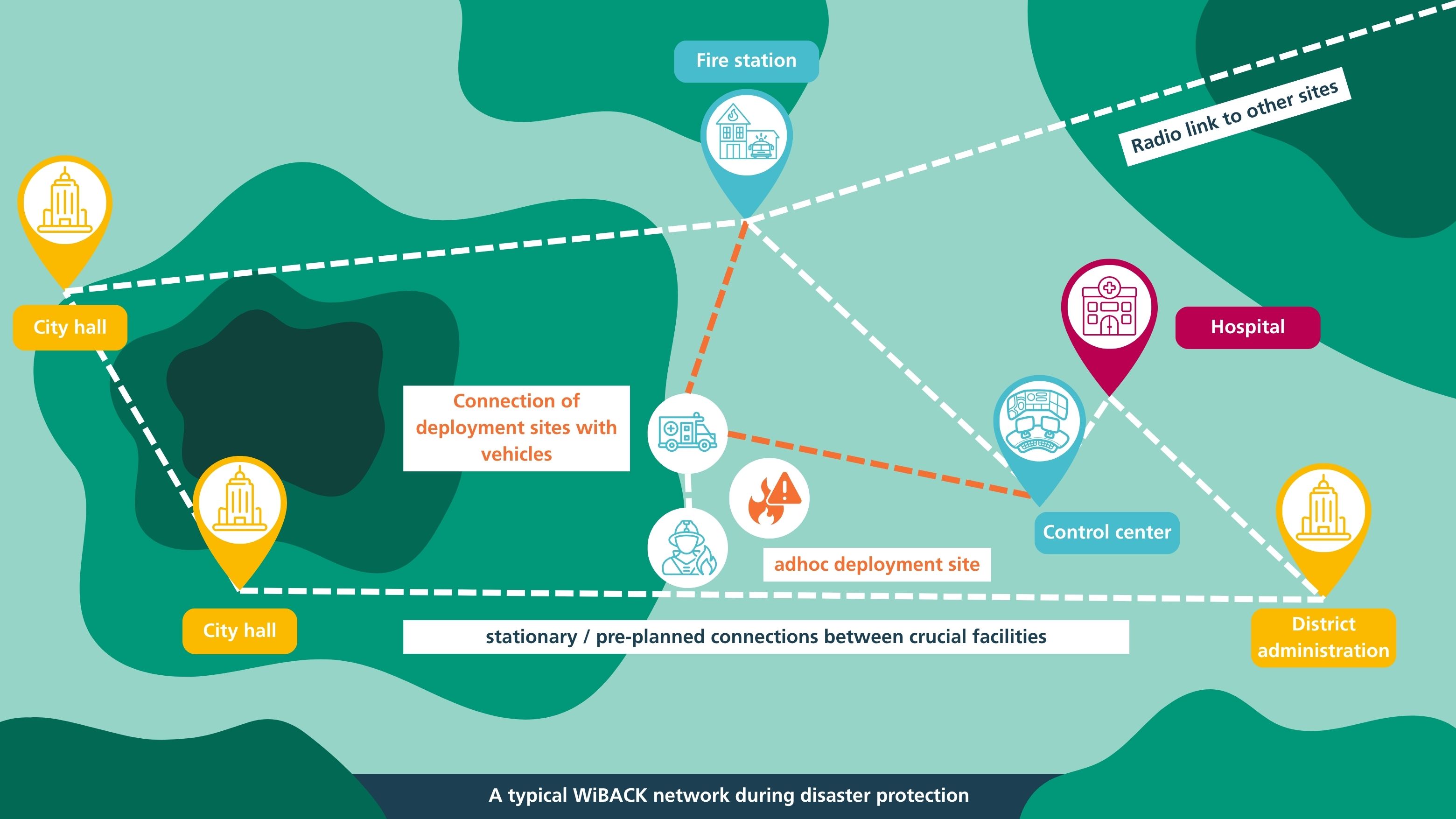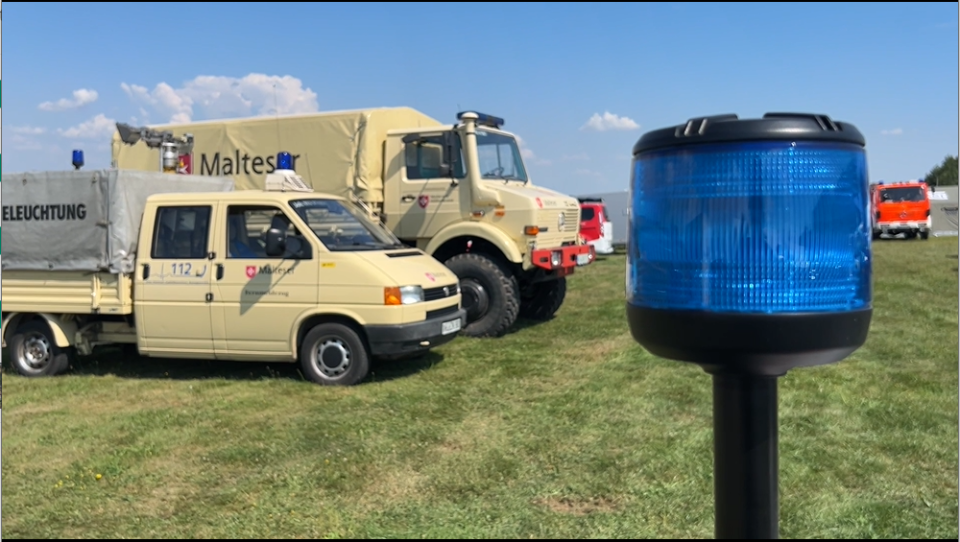Swiftly set up your communication with WiBACK
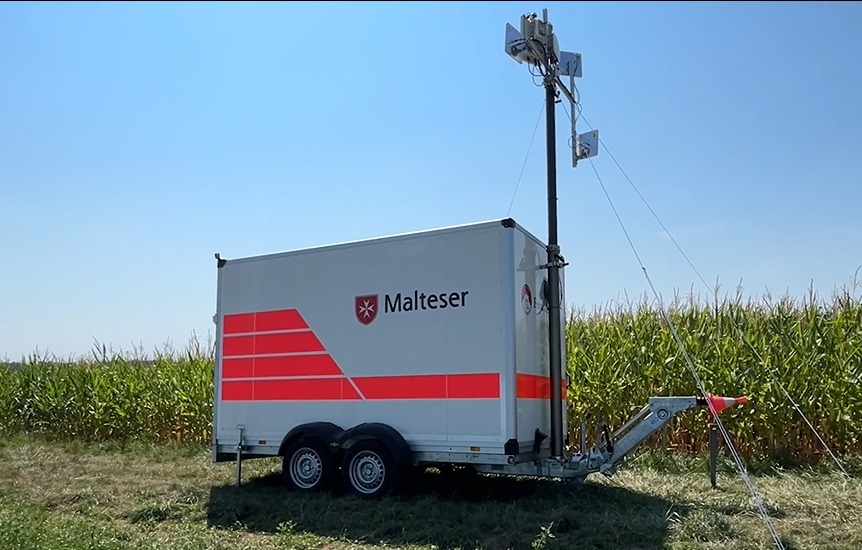
Privacy warning
With the click on the play button an external video from www.youtube.com is loaded and started. Your data is possible transferred and stored to third party. Do not start the video if you disagree. Find more about the youtube privacy statement under the following link: https://policies.google.com/privacyLost Communication Skills in Emergency Services
As highlighted in the video, quick, reliable communication can mean the difference between life and death in an emergency. Time is essential in critical situations. There is no room for outdated and unreliable networks that slow down coordination when every second counts.
However, since the 1990s, many signal units have been disbanded, leaving first responders with no standardized nationwide system for emergency communication. Instead, they rely on a mix of TETRA (DBOS) radio, VHF BOS radio, DSL landlines, and public mobile networks. These systems struggle with modern demands: Bandwidth for video, database access, and real-time image sharing is often insufficient, and mobile networks fail during power outages.
On top of that, emergency services depend on private companies and external IT specialists, making them less flexible and reliant on third-party support in critical situations. A more reliable and independent solution is needed.
WiBACK: A Reliable Communication Solution
WiBACK offers a flexible and cost-effective alternative for emergency communication. Originally developed to provide broadband Internet to remote areas, WiBACK uses a combination of WLAN and directional antennas to create a stable and independent network, even in disaster zones. Because these areas often face power outages, limited budgets, and a shortage of trained technicians, WiBACK is designed for quick and simple deployment.
Unlike traditional systems, it operates without relying on mobile networks and can be set up with minimal technical expertise, eliminating the need for external IT specialists. This guarantees that first responders and emergency communication teams remain connected and operational, even in the most critical situations.
 Fraunhofer WiBACK
Fraunhofer WiBACK